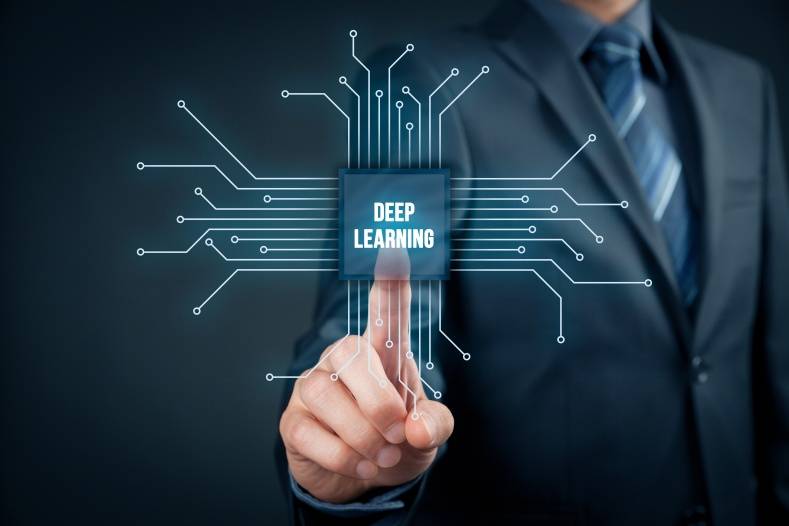One of the main areas that are trending in the research sectors of Machine Learning and Pattern Recognition is Deep Learning (DL). DL focuses on Machine Learning tools and techniques and applies them in resolving complications which lack human or artificial thoughts and could be achieved in data science. DL is achieved by learning over a cascade of many layers. DL handles many real world complications, such as Machine Translation, Object Recognition, and Localization, Speech Recognition, Image caption generation, Distributed representation for text, Natural Language Processing, Image Classification, etc., with its data-driven representation learning. The traditional computing is facing challenges in dealing with high-dimensional and streaming data, semantic indexing, and scalability of models.
Fraud Detection
Constructive tracking tasks such as fraud detection help for the analysis of streaming and fast-moving input data. An extensive advanced research work is essential for adaptation of Deep Learning algorithms in order to deal with issues associated with Big Data.
 Key Benefit
Key Benefit
Handling streaming data is essentially adapted by DL algorithms so as to deal with the increasingly huge amounts of uninterrupted input data. After much deep analysis, a key benefit of DL has been observed which is the analysis and learning of massive amounts of unsupervised data, which makes it a worthy tool for Big Data Analytics, where the input data is mostly unlabeled and un-categorized. This paper provides a detailed survey of semantic indexing techniques which will enable fast search and information retrieval.
Despite the usefulness of Semantic word spaces, sometimes it becomes hard to express the meaning of longer phrases in a principled way. A supervised training and evaluation resources are needed to progress towards understanding compositionality in tasks such as sentiment detection and more powerful models of composition.
Sentiment Treebank
To remedy this, we introduce a Sentiment Treebank. The comprehensive study has led to the discovery of fine-grained sentiment labels for 215,154 phrases in the parse trees of 11,855 sentences and presents new challenges for sentiment compositionality. The Recursive Neural Tensor Network is introduced to address them, especially while training on the new Treebank, this model outperforms all previous methods on several metrics. It pushes the state of the art in single sentence positive or negative classification from 80% up to 85.4%. The prediction of fine-grained sentiment labels for all phrases has been registered as 80.7%, which is an improvement of 9.7% over a bag of features baselines.
In the view of a contextual feature space, semantically similar words within the context are projected to vectors that are close to each other in the. A simple mixing of all words together may introduce unnecessary divergence and distort the effectiveness of the overall semantic representation because of the overall semantic meaning of a sentence is often determined by a few key words in the sentence. For that reason, C-DSSM uses a max pooling layer which will then be employed to extract the most salient local features to form a fixed-length global feature vector.
Global Feature Vector
The global feature vector can be then fed to feed forward neural network layers, which perform affine transformations followed by nonlinear functions applied element-wise over their inputs to extract highly nonlinear and effective features. Based on Artificial Intelligence (AI), DL is always considered a segment of Machine Learning and Pattern Recognition analysis. AI is the Human Intelligence exhibited by machines.
Focus
DL focuses on Machine Learning tools and techniques and applies them in resolving complications which lack human or artificial thoughts. Feature extraction and transformation processes are performed by Deep Learning using multiple layers of nonlinear processing units. Deep Learning deals with many real world complications such as Machine Translation, Object Recognition, and Localization, Speech Recognition, Image caption generation, Distributed representation for text, Natural Language Processing, Image Classification, etc.



